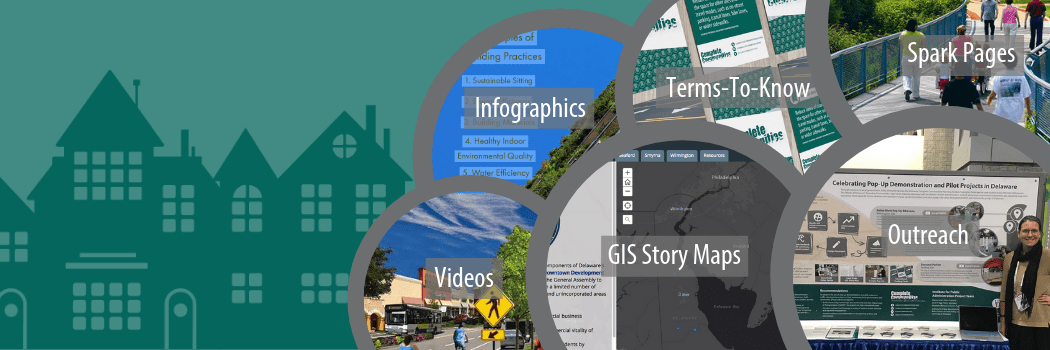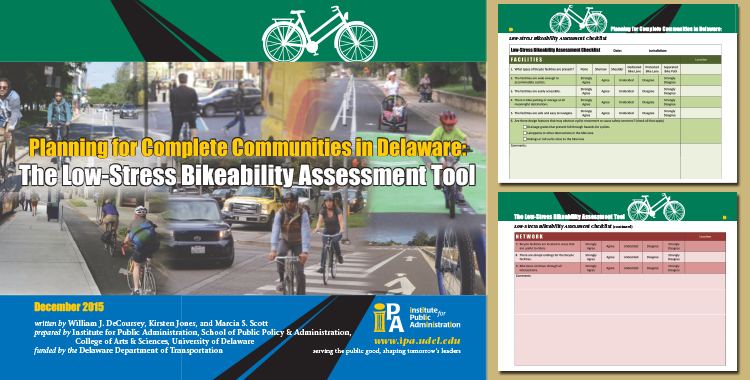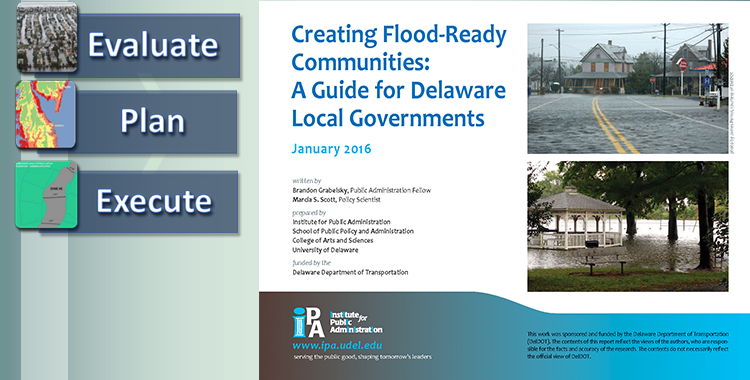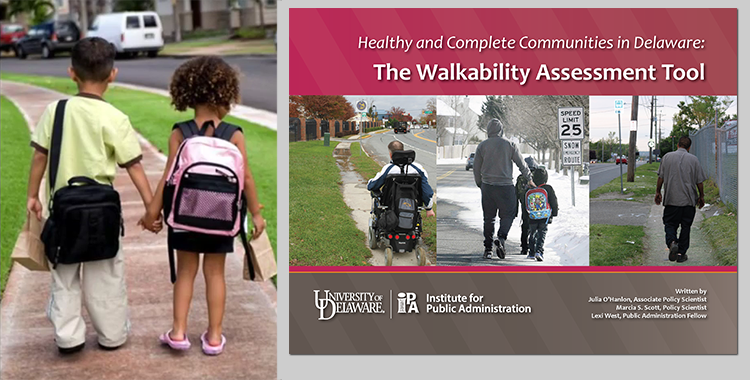
by allyem | Jun 19, 2019 | News
The Delaware Complete Communities Planning Toolbox project strives to provide local government officials, planning commission members, and “citizen planners” with the tools they need to create communities that are accessible, economically vibrant, healthy,...

by Sarah Marshall Pragg | Feb 12, 2016 | News, Toolbox
Use the newly developed Low-Stress Bicycling Assessment Tool to find out! Planning for Complete Communities in Delaware: The Low-Stress Bikeability Assessment Tool is a resource for Delaware local governments that are considering ways to improve the low-stress...

by Sarah Marshall Pragg | Feb 2, 2016 | News, Toolbox
Delaware Local Government Planning Framework: Flood-Ready Communities Resilient communities leverage the strengths and capacities of individuals, families, businesses, schools, and hospitals to “bounce back” after flood events, rather than merely react to impacts. The...

by Sarah Marshall Pragg | Jan 19, 2016 | News, Toolbox
The Delaware Complete Communities Planning Toolbox is growing! If you’re not sure where to start, watch these two videos for an overview of Complete Communities planning approaches and how to navigate the toolbox. Introduction to the Complete Communities...

by Sarah Marshall Pragg | Jun 23, 2015 | News, Toolbox
Walkable, pedestrian infrastructure is a key element of a “Complete Community.” When sidewalks, parks, and trails are pleasant places to walk, all community members benefit. Unfortunately, not all places are walkable, but with the help of IPA’s Walkability Assessment...







